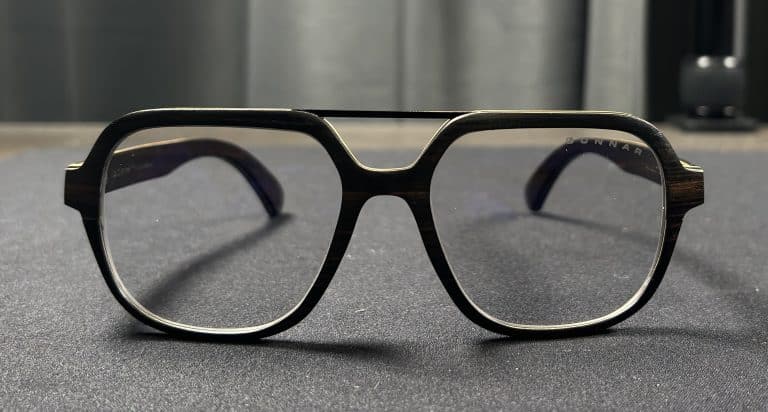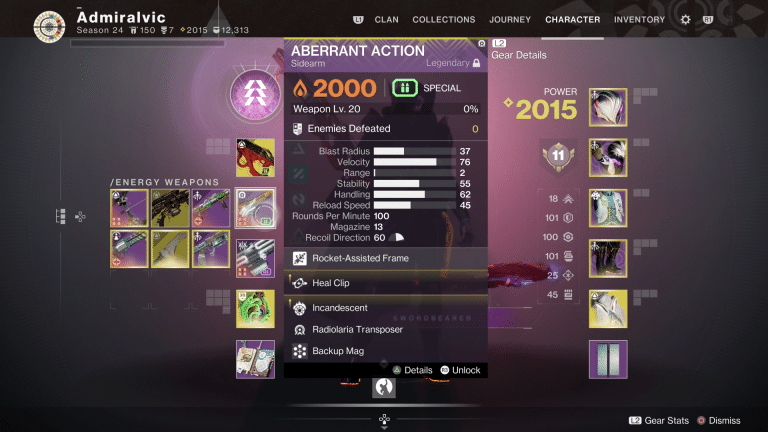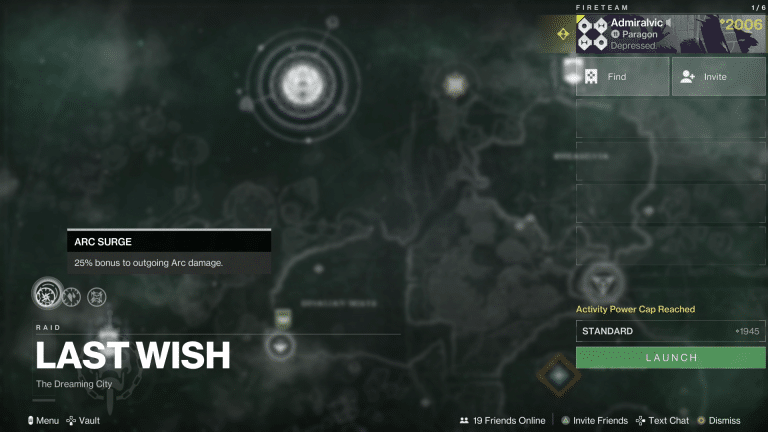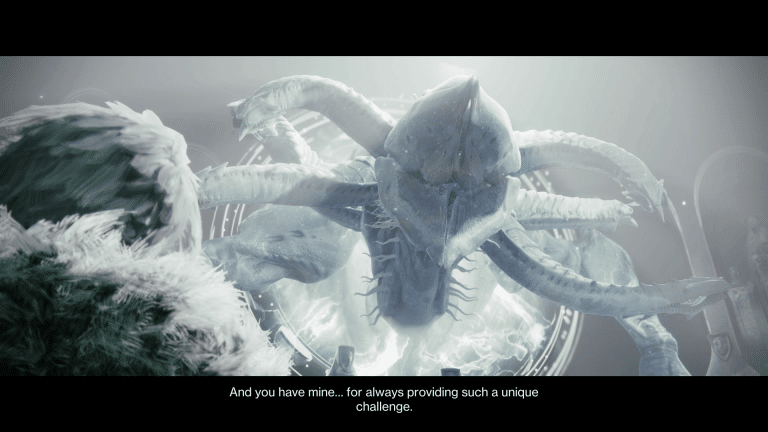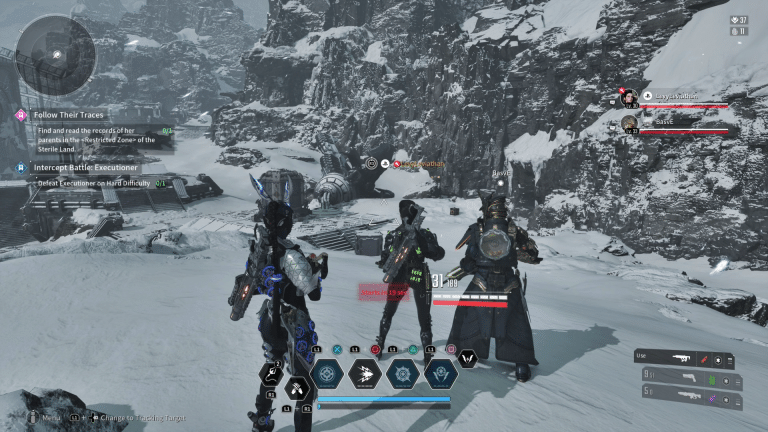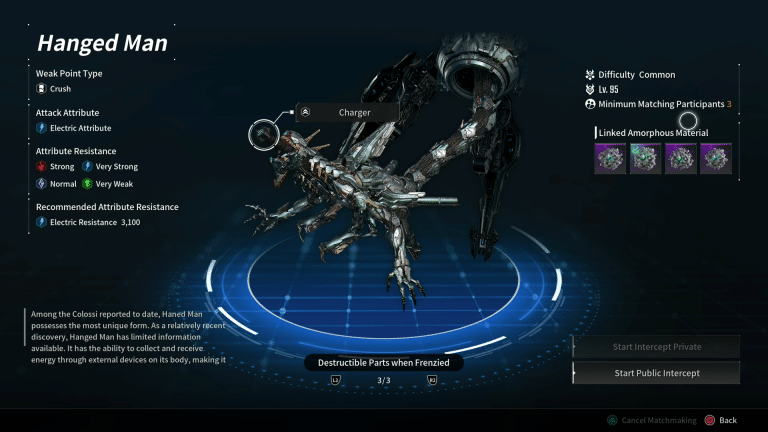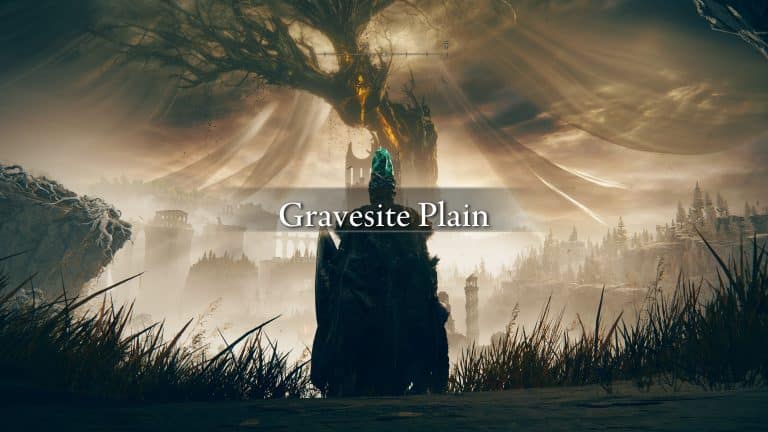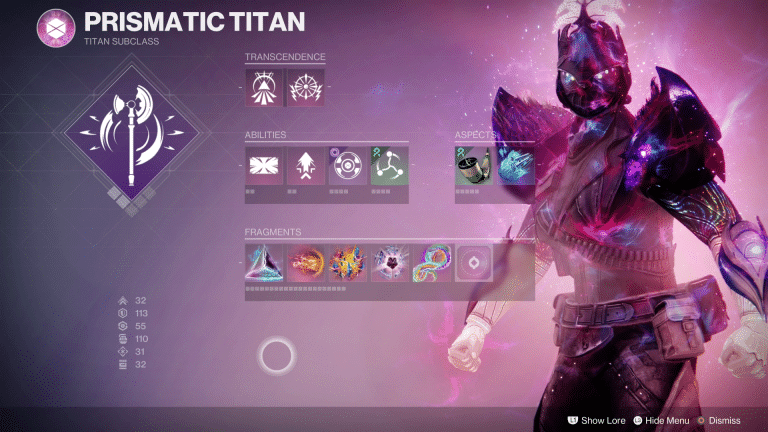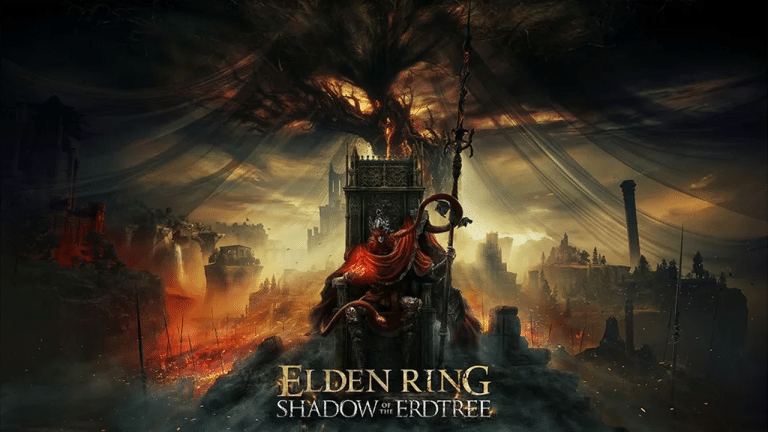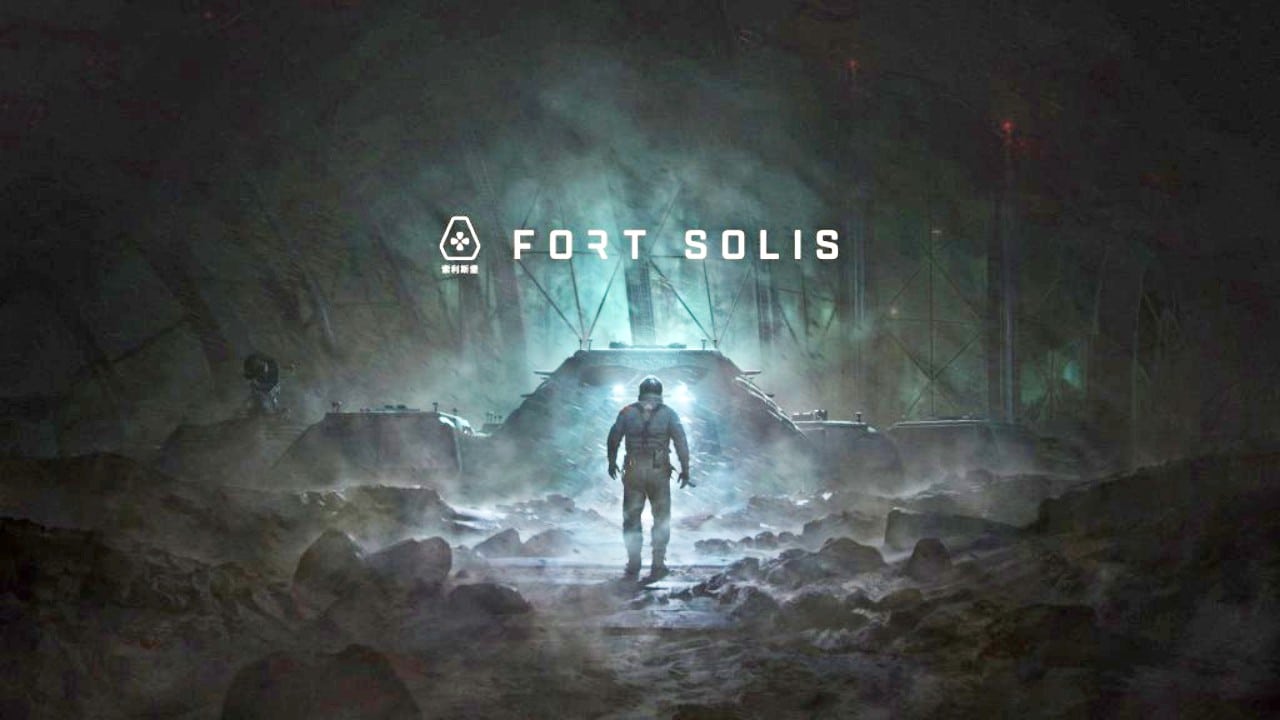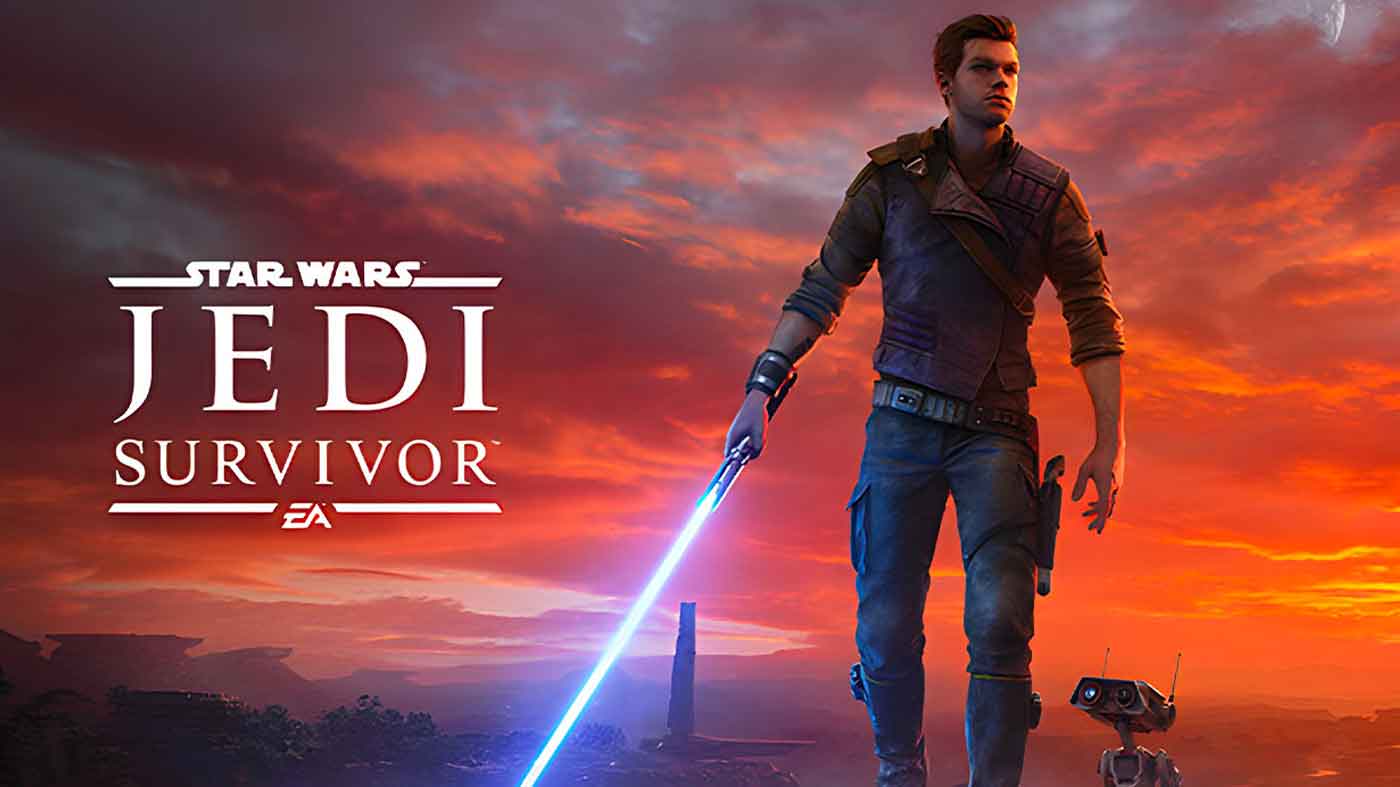The 2010’s were rife with narrative-driven games wherein players were treated to more tightly controlled cinematic stylings to enhance the tale being spun. Telltale’s The Walking Dead and Heavy Rain are two titles that immediately come to mind as earlier breakout hits in the format. While the trend of these type of games have lessened in the current decade (so far), indie developer Fallen Leaf is eager to ensure that such games don’t soon become forgotten. Their inspiration borne from the genre leaders of previous generations led them to create Fort Solis, a sci-fi thriller sporting a spectacular cast set on the Solis Planum of Mars. With that in mind, is Fort Solis destined for a spot among the stars or will its lofty ambitions leave it plummeting back to Earth?
The gaming industry is no stranger to derelict space stations housing horrors for our protagonists to uncover and confront. This past year alone has seen the release of The Callisto Protocol and the Dead Space remake. But that hasn’t stopped Fallen Leaf from forming a chilling narrative in this familiar setting. Fort Solis sees Jack Leary, voiced by the incredible Roger Clark of Red Dead Redemption 2 fame, investigate an eerie succession of events in the seemingly abandoned titular station. Unlike the previously mentioned sci-fi horror releases, Fort Solis is all about generating unease and slow-burn dread instead of firing Plasma Cutters and swinging stun batons. Jack Leary is an engineer, not a soldier, after all.
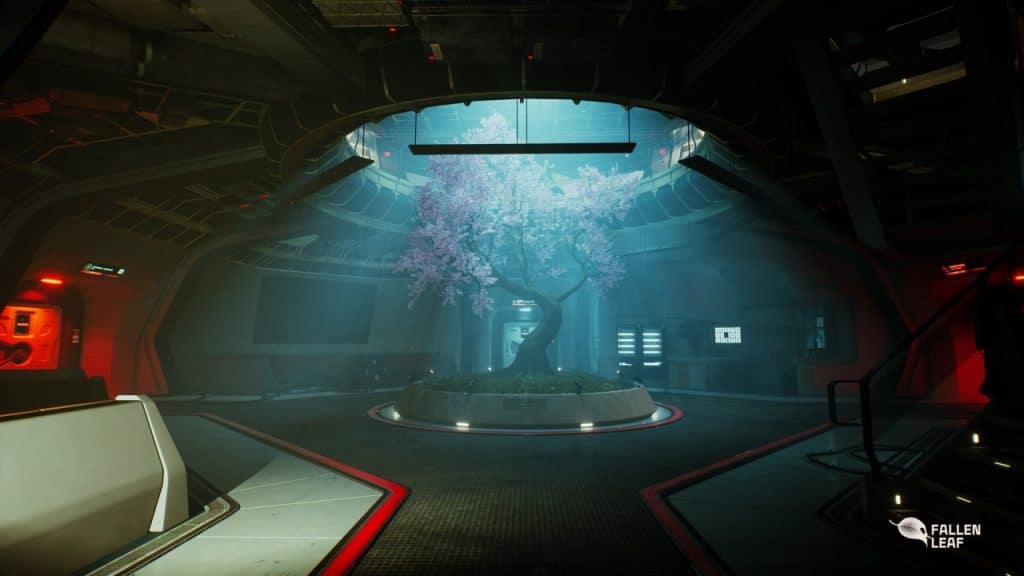
A Familiar But Effective Setting
Let’s shift back to where it all begins. The year is 2080 and Jack Leary is working his last shift before he gets to enjoy his (presumably) well-earned vacation. His colleague Jessica Appleton, who is outstandingly voiced by The Last Kingdom actress Julia Brown, balances Jack’s easygoing demeanor with youthful energy and focus as the two go about their work. Their casual back-and-forth regarding an unnamed zombie TV show is cut short when Jack receives an alert from Fort Solis, which he hopes to brush off as a false alarm. Without a response from the facility, Jack has no choice but to head over to the alarming site and investigate the situation. As you would expect, the situation quickly reveals itself to be far from ordinary, and a whole lot more sinister.
Players begin the game assuming the role of Jack as he begrudgingly treks towards the source of the alert that pinged his wrist-mounted multi-tool, a multi-faceted device that comes into play throughout the game. The first hour introduces players to a dimly lit and evidently deserted Fort Solis, immediately constructing an aura of anxiety. The red lights designating the site’s lockdown status grimly illuminate the various corners of the multi-level structure comprised of intertwining corridors. And lights flicker to life as the motion sensors detect Jack’s presence, often making the suffocating shadows at the opposite ends of unlit hallways all the more disquieting. These opening moments craft a rich atmosphere, elevated by Unreal Engine 5, that is as enthralling as it is unsettling. But it’s a feeling that doesn’t always manage to maintain that high as the mysteries surrounding the station unfold.
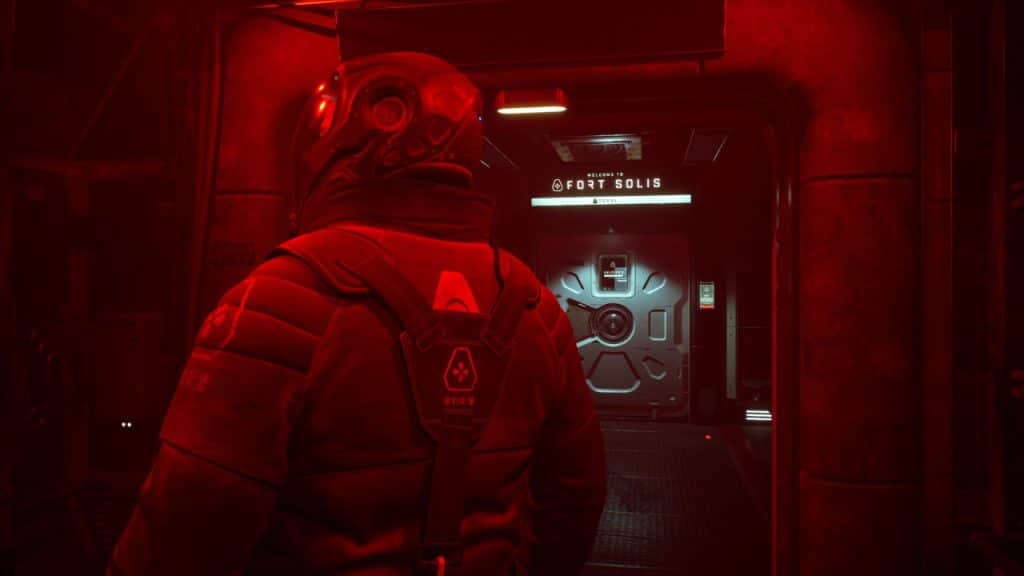
Red Doors and Dark Corridors
As a narrative-driven game, Fort Solis wants to ensure that the player focus is on the setting, the progression of events and the reactions of the character embedded in the world. Checking magazine reserves or accumulating crafting resources are for other games. The meat of the gameplay here is through interacting with the environment and listening to the character monologues being triggered by the sights and sounds present. It’s a design aimed at fixating our attention on the finer details rather than letting our thoughts drift to health bars and ammo counters on a UI. Exploration and interaction are your preparation here. We have seen that such designs can work. However, Fallen Leaf’s creation regularly weaves above and below the line of success throughout this roughly 4-to-5-hour journey.
With the story at the forefront in Fort Solis, the gameplay itself can only be described as minimalistic. The player maneuvers the character throughout the facility, finding objects to interact with for a bit of dialogue to provide insight on the evolving situation, or the ever-charming back-and-forth between Jack and Jessica. Items, such as a photograph, can be picked up, rotated and flipped around in an attempt to uncover supplementary information about the site’s missing inhabitants. And to prevent players from swiftly sprinting between points of interest to piece together the puzzle too quickly, the ability to run (or even jog) is absent altogether. While the leisurely stride of our protagonists meandering throughout Fort Solis aligns with the slow burn this sci-fi thriller desires, it also works against its environment’s open design by discouraging exploration.
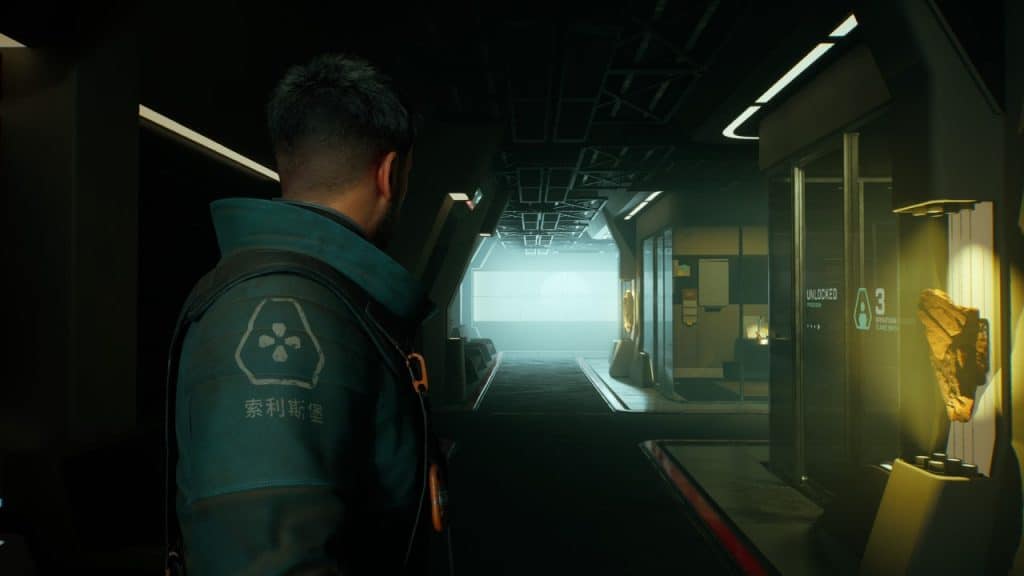
Slow Burn, Slower Movement
Upon arriving at Fort Solis, everything is technically accessible right away. The main barriers to areas come in the form of locating the properly leveled access card and/or finding specialized batteries to re-engage sabotaged doors. Given that every room seems to be teeming with interactive objects, the player may feel compelled to root around every crevice at first. But that plodding character movement acted as a deterrent in the latter half as I questioned if it was worth slowly backtracking to areas to see if my newest keycard might be of use somewhere off the beaten path. It’s not that doing so would have taken an immense amount of time, but it’s the silence paired with the slow-paced stroll that broke up what I imagine was Fallen Leaf’s targeted narrative pacing.
You see, Fort Solis is at its best when its phenomenal cast is delivering lines in such believable and moving ways that it makes the voluntarily-chosen quiet moments possibly futilely exploring the station fall flat. Sure, it’s always a joy to stumble across another workstation containing a video log — Troy Baker’s portrayal of the safety conscious Medical Officer Wyatt Taylor, for example, is exceptional — sporting even more of that top-notch acting and backstory, but there’s no guarantee that one is waiting if you decide to shuffle off in the opposite direction of the main objective. It didn’t help when my curiosity led me to an interactive object only to have the camera break until I could find something else to interact with to reset it to its normal third-person view. Moving forward with the story as expected at least always provides the impactful voice acting that sits as the backbone for Fort Solis and breaks up the slow burn with a handful of heart-pounding QTE key sequences, even if singularly focusing on maintaining that momentum through the core beats brings a short story to a close all the sooner.
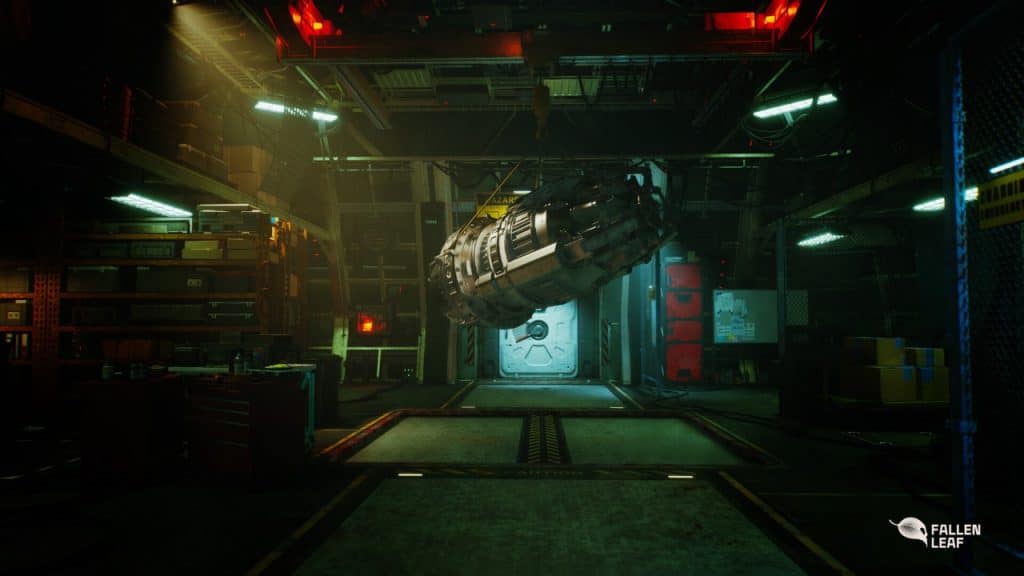
Only As Good As Their Script
Although I have been mindful to reinforce just how stellar the voice work is, the story itself doesn’t always deliver the same pedigree. Despite being influenced by Quantic Dream’s works, Fort Solis never really made me believe that I had a substantial effect on the narrative. The couple QTEs I failed didn’t seem to have any discernible impact on how events played out; at least, not in a meaningful way. Furthermore, Fort Solis doesn’t include the type of defining dialogue choices you’d expect from a game of the genre. You would expect that this would only further add importance to those QTEs and exploration in general, but aside from a mysterious locked cabinet (for which I could not find the code) I was left wondering how I might have been able to alter the series of events when the credits rolled.
Fort Solis Review Verdict
Fort Solis: Fort Solis is more movie than video game at times. Roger Clark, Troy Baker, and Julia Brown deliver their lines in a grounded, engrossing manner, driving players to see this four-chapter journey through to the end. However, the marvelous cast and moody atmosphere aren't always utilized to their entire degree, leaving us with an experience that is composed of unequal elements. While slow pacing works when the main objectives are primarily adhered to, deviating from that route brings mixed results. And that's a shame, given the open-ended design of the environment on offer here. All of this could be forgiven if the story beats and player input rivaled that of the acting underlining this sci-fi thriller. – Joshua
[Editor’s Note: Fort Solis was reviewed on PlayStation 5 and a copy was provided to us for review purposes.]










